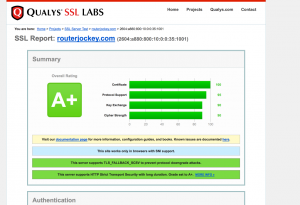0
The EFF got (via FOIA) the government's
official policy on handling/buying 0days. I thought I'd write up some notes on this, based on my experience. The tl;dr version of this post is (1) the bits they redacted are the expected
offensive use of 0days, and (2) there's nothing surprising in the redacted bits.
Before 2008, you could sell 0days to the government many times, to different departments ranging from the NSA to Army to everybody else. These government orgs would compete against each other to see who had the biggest/best cyber-arsenal.
In 2008, there came an executive order to put a stop to all this nonsense. Vuln sellers now only sold 0days once to the government, and then the NSA would coordinate them with everyone else.
That's what this "VEP" (Vuln Equities Process) document discusses -- how the NSA distributes vulnerability information to all the other "stakeholders".
I use "stakeholders" loosely, because there are a lot of government organizations who feel entitled to being part of the 0day gravy train, but who really shouldn't be. I have the impression the NSA has two processes, the real one that is tightly focused on buying vulns and deploying them in the field,
Continue reading


 Operators don't want TM Forum to get lost in NFV technicalities. They want the focus on making money.
Operators don't want TM Forum to get lost in NFV technicalities. They want the focus on making money. What's the latest on intent-based networking--the hot new topic in SDN.
What's the latest on intent-based networking--the hot new topic in SDN. Intel boosts IoT for cars; former Cisco and Time Warner CTOs intersect; Khosla Ventures funds Gitlab.
Intel boosts IoT for cars; former Cisco and Time Warner CTOs intersect; Khosla Ventures funds Gitlab. Brocade's Jon Hudson sat down with SDxCentral to discuss the current and future state of SDN, NFV, and DevOps.
Brocade's Jon Hudson sat down with SDxCentral to discuss the current and future state of SDN, NFV, and DevOps. Join the September 25th Cisco DemoFriday and learn how you can benefit from network programmability as you transition from legacy systems to open standard interfaces.
Join the September 25th Cisco DemoFriday and learn how you can benefit from network programmability as you transition from legacy systems to open standard interfaces.